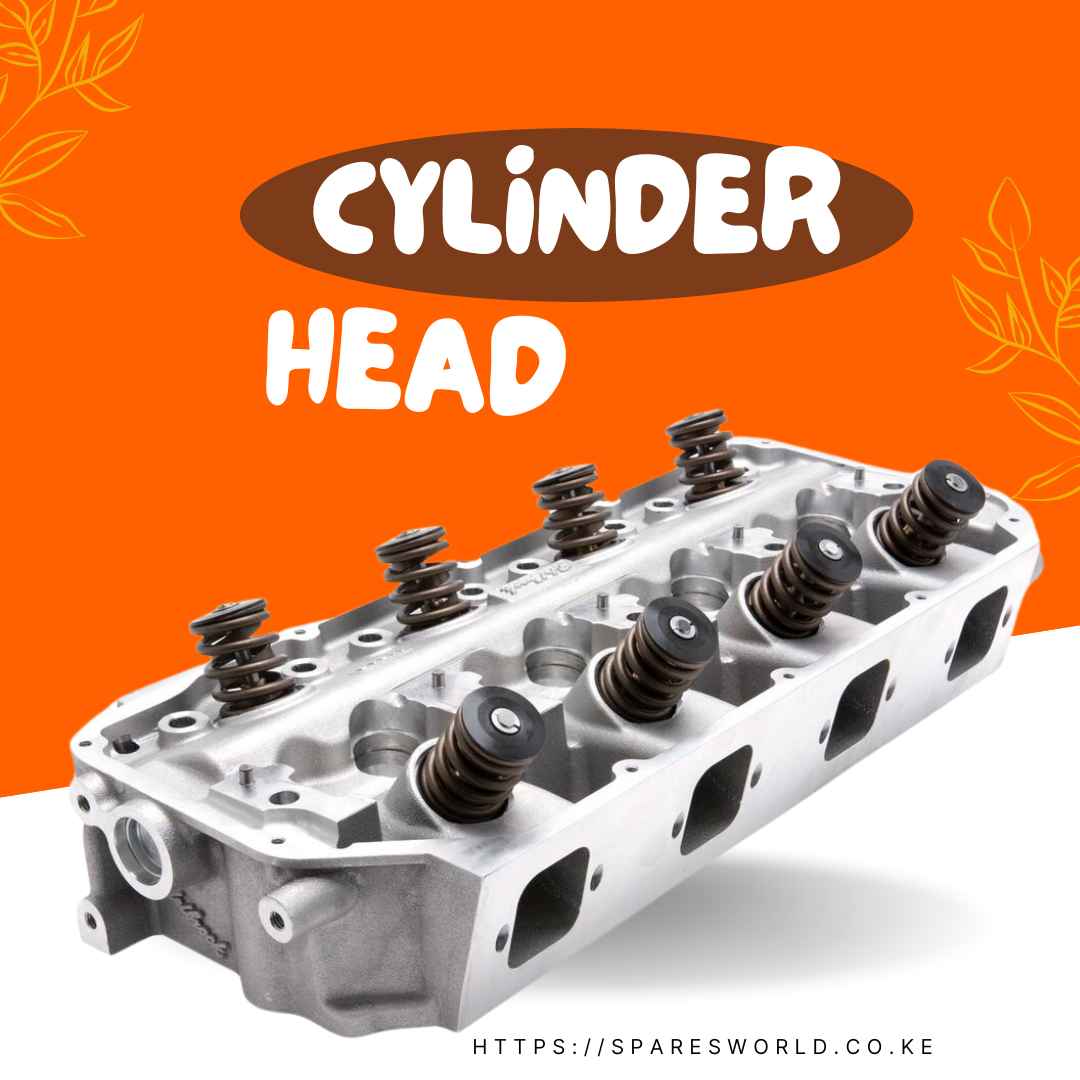Recognizing Cylinder Head Gasket Failure Signs

Discover the critical signs of a failing cylinder head gasket and how to address them before they escalate into major engine problems.
Understanding Cylinder Head Gasket Functionality
The cylinder head gasket is a critical component in your vehicle's engine. It sits between the engine block and the cylinder head, sealing the internal combustion process and preventing coolant and oil from mixing. This gasket ensures that the engine runs efficiently and prevents any leaks that could cause damage.
A well-functioning cylinder head gasket is essential for maintaining the integrity of the engine. It must withstand high pressure and temperatures, making it one of the most durable parts of the engine. However, even the most robust gaskets can fail over time due to wear and tear, improper installation, or manufacturing defects.
Common Symptoms of Cylinder Head Gasket Failure
One of the most common signs of a failing cylinder head gasket is white smoke coming from the exhaust. This indicates that coolant is leaking into the combustion chamber. Another symptom is a milky substance on the oil cap, which suggests that coolant has mixed with the engine oil.
Other symptoms include an overheating engine, loss of coolant without any visible leaks, and a bubbling sound in the radiator or coolant reservoir. You may also notice a decrease in engine performance and fuel efficiency, as well as a rough idle or misfiring cylinders.
How to Diagnose a Failing Cylinder Head Gasket
Diagnosing a failing cylinder head gasket typically involves a series of tests. One common method is a compression test, which measures the pressure in each cylinder. A significant drop in pressure in one or more cylinders can indicate a gasket failure.
Another diagnostic tool is a leak-down test, which helps identify the exact location of the leak. You can also use a chemical test to check for exhaust gases in the coolant system, which would confirm a breach in the gasket. Visual inspections for oil or coolant leaks, as well as checking for the aforementioned symptoms, can also aid in diagnosis.
Preventive Measures to Avoid Cylinder Head Gasket Failure
Regular maintenance is key to preventing cylinder head gasket failure. Ensure that your engine does not overheat by regularly checking and maintaining the cooling system. Replace the coolant and oil at recommended intervals to keep the engine running smoothly.
Using high-quality engine oil and coolant can also prolong the life of the gasket. Avoid aggressive driving habits that put extra strain on the engine, and address any engine performance issues promptly to prevent further damage.
Steps to Take When You Suspect a Gasket Failure
If you suspect a cylinder head gasket failure, it is crucial to address the issue immediately to prevent more severe engine damage. Start by performing a thorough inspection and diagnostic tests to confirm the failure.
Once confirmed, consult with a professional mechanic to discuss repair options. Depending on the severity of the failure, you may need to replace the gasket or, in extreme cases, the entire engine. Regular follow-ups and maintenance checks can help ensure that the problem does not recur.

 Loading..
Loading..